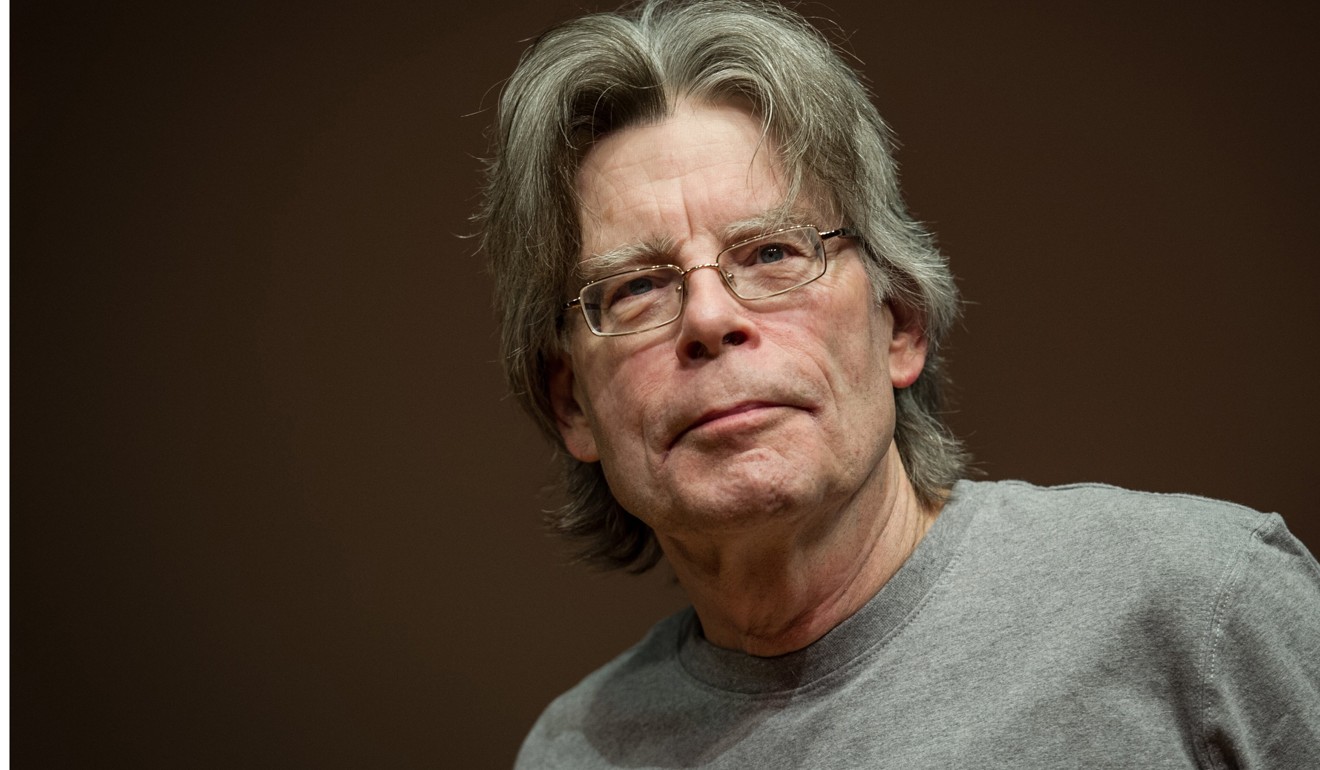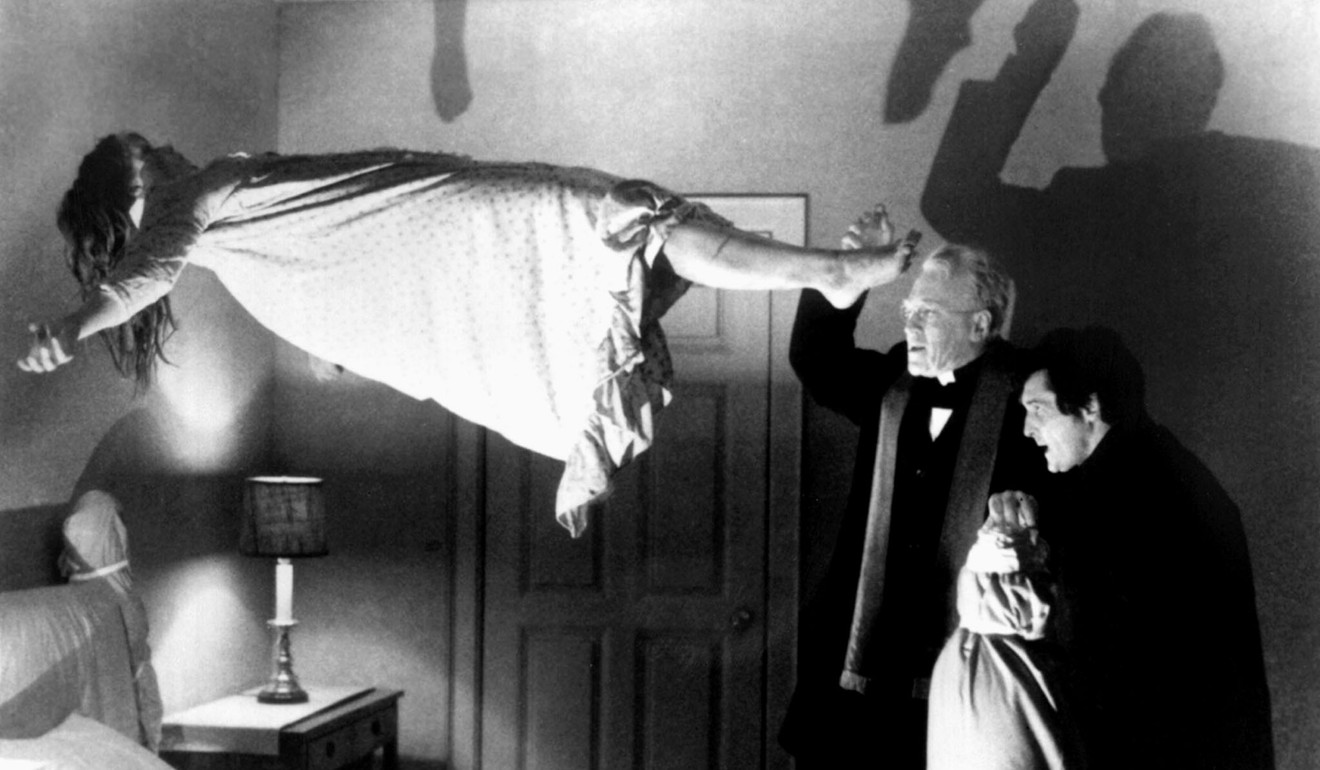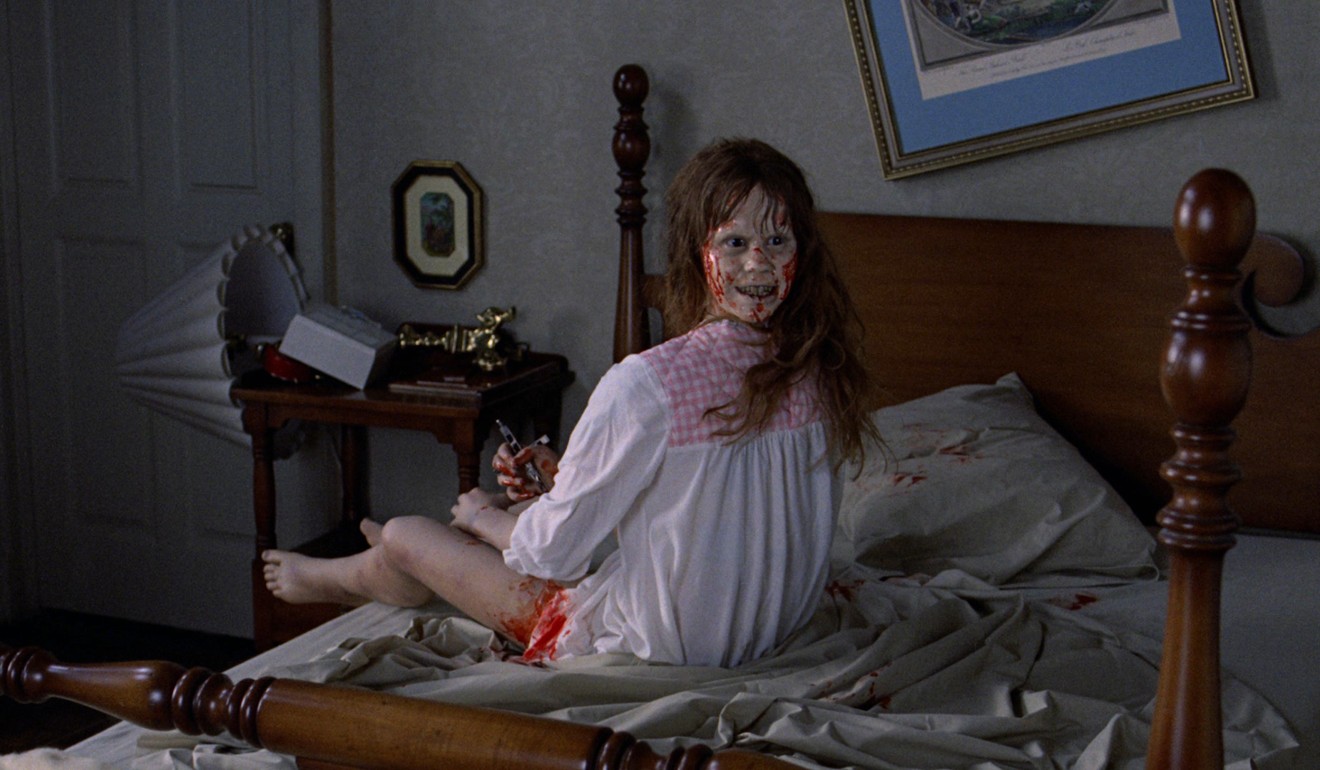Stephen King’s It breaks The Exorcist’s record as the biggest horror film in history
Having taken US$500 million at the box office, Pennywise the killer clown is freaking out audiences worldwide, but director William Friedkin’s 1973 film about a 12-year-old girl possessed by a demon remains the more shocking

Horror, like every other genre, comes in every style. Sometimes we’re in the mood for the worst, because the times reek of disillusionment and moral rot. And other times, worse times, we yearn for some nice, scary comfort food.
The biggest-ever Stephen King movie adaptation recently set a record worth noting, and examining. Last weekend, director Andy Muschietti’s It, set in Maine in the 1980s and full of nostalgic references, broke the horror film box office record set by The Exorcist, which opened in the US to long queues and sporadic reports of vomiting in cinemas on December 26, 1973.
Nobody’s throwing up at It, now heading towards US$500 million (HK$3.9 billion) in worldwide gross receipts. (The film’s production budget was a relatively modest US$35 million.) That makes It the most lucrative King film to date, bigger than The Green Mile, and much, much bigger than many people’s favourite, Brian De Palma’s adaptation of Carrie.

Adjusted for inflation, The Exorcist in its various domestic theatrical runs made the equivalent of a little over US$1 billion. It was huge, in other words, as opposed to It, which is merely big.
The Exorcist’s influence opened the door to a new degree and marketability of screen cruelty. (Many thought the same about Hitchcock’s Psycho, back in 1960.)

It was a solemn sort of gross-out. The Exorcist sensation of late 1973 and early 1974 culminated with 10 Academy Award nominations (it won two) including a first-ever best picture nomination for a horror Film. Certain sequences and individual shots, notably that of the possessed young girl (Linda Blair) stabbing herself in the privates with a crucifix and then rubbing the horrified face of her mother (Ellen Burstyn) in the blood, never would have had an R rating unless a stalwart such as Warner Brothers had its name above the title.
The Catholic iconography and rituals bought The Exorcist respectability, while it sold the opposite.
Most people, critics included, were too rattled by the shock effects to care.

The answer, in retrospect, was “yes.”

It works somewhat differently. It’s a comparatively easy-going opportunity for audiences of at least two separate generations to freak out over a vicious, malignant figure of fun, in a story that’s really more about the underdogs vanquishing that foe.
At the same time, It lets us take a break from the worrying real world for a couple of hours. Also, it’s new without being unfamiliar. Audiences who grew up with the 1990 TV movie version enjoy a little compare and contrast. People who held fond memories of Stand by Me, director Rob Reiner’s adaptation of Stephen King’s story, respond to the abused but unbowed adolescents running the show. For millions, It director Muschetti handles the blend of comedy and horror in a satisfying way.
And now a record has been broken. The Exorcist is now No. 2. What sort of horror movie would it take to make a billion dollars in today’s dollars? One roughly twice as scary as It? Or a real-world context roughly twice as threatening?